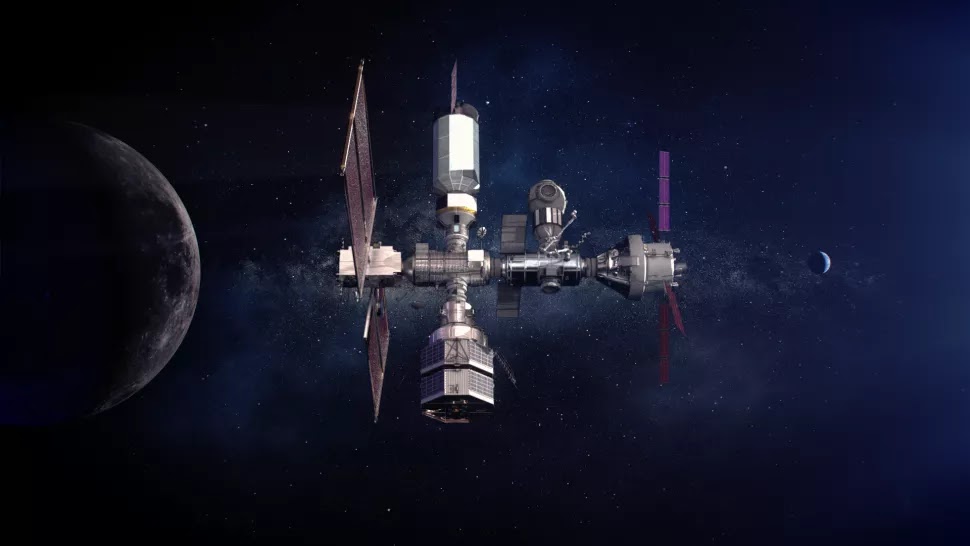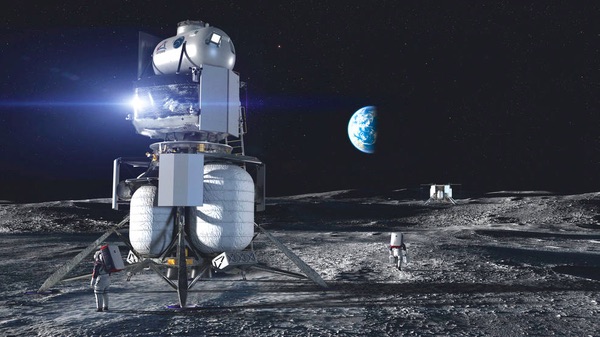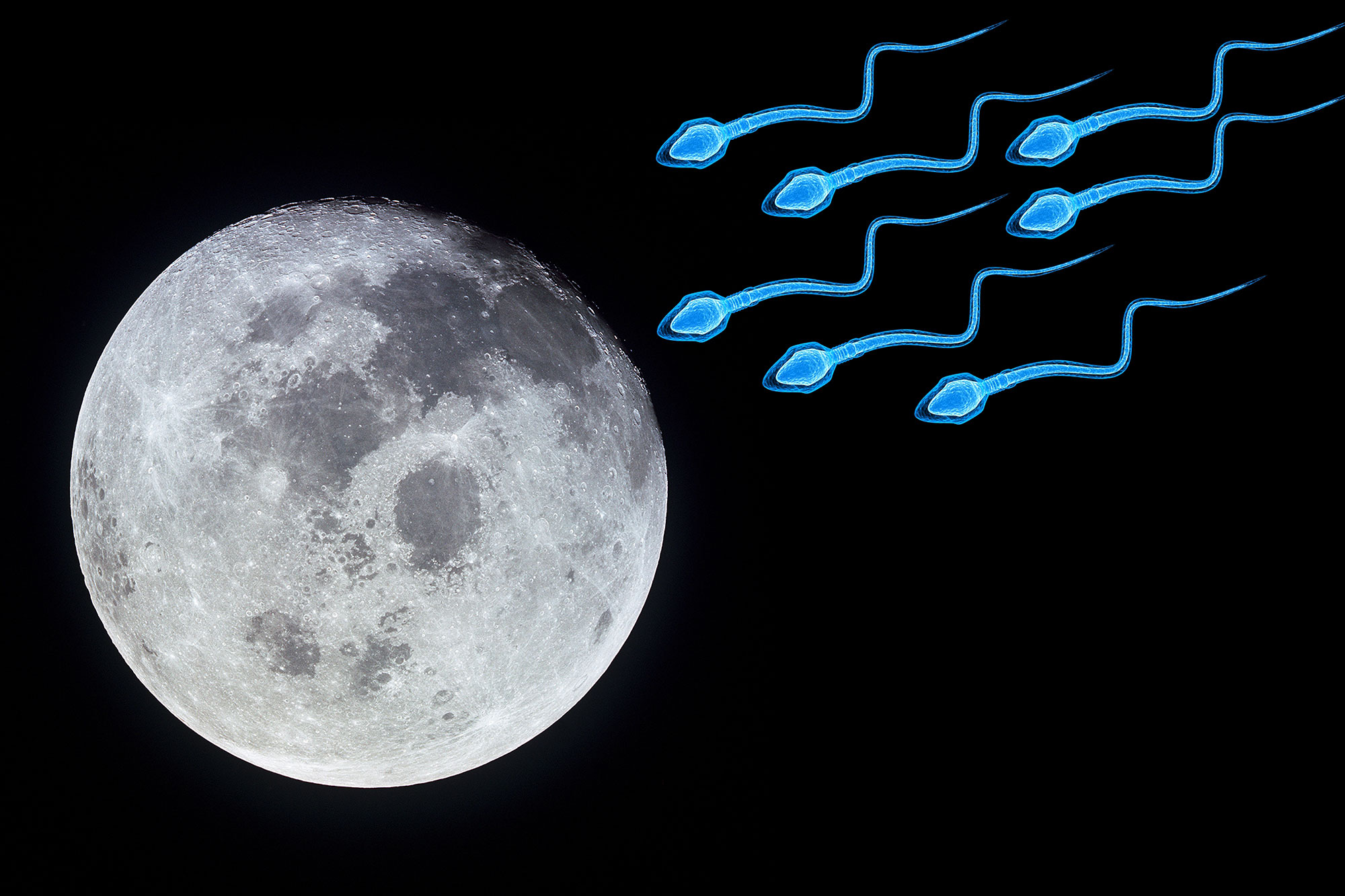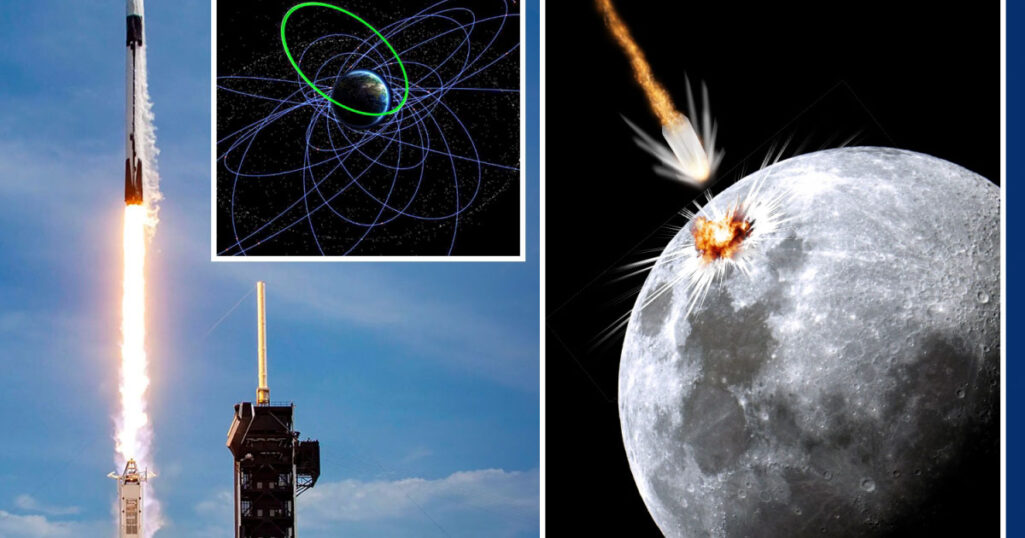
On December 14, 1972, Harrison Schmitt and Eugene Cernan launched their lunar module Challenger from the Taurus-Littrow valley on the Moon. They splashed down safely in the Pacific five days later, bringing the Apollo 17 mission to a close and making them the last humans to reach the lunar surface or travel beyond low-Earth orbit.
Now, Nasa’s international Artemis mission aims to re-establish a human presence on the Moon by 2024. However, it is becoming more likely that this goal will be missed.
History has shown how unstable space programs are, requiring years of preparation and construction across many administrations. Nasa had preparations for many more lunar Apollo missions after Apollo 17, including a potential flyby of Venus. Budget cuts in the early 1970s, as well as a move away from human spaceflight to focus on the Skylab program, stopped any more lunar missions.

President HW Bush did not launch the Space Exploration Initiative until July 20, 1989, the 20th anniversary of the Apollo 11 landing. This entailed the building of the Freedom space station, which would later become the International Space Station, with the goal of returning astronauts to the Moon and, ultimately, crewed missions to Mars.
The project was supposed to take about 30 years to complete. In the late 1990s, the first human return flights to the Moon will occur, accompanied by the construction of a lunar base in the early 2010s. The total cost of the project, including the Mars flights, was expected to be US$500 billion (£350 billion) spread out over 20 to 30 years.
The future of Artemis

In December 2017, President Donald Trump signed “Space Policy Directive 1,” refocusing Nasa on a lunar landing by 2024. Nasa launched the Artemis initiative the same year, and the current Biden administration has approved it. For the first time in decades, a current US president has kept the previous administration’s deep space human spaceflight policies in place.
Officially, Artemis 1, Orion’s first uncrewed trial flight to lunar orbit, is set for later this year, with a return to the lunar surface in 2024 also on the table. The pandemic’s consequences, as well as recent engineering concerns with the latest yet-to-be-flown Space Launch System, could cause this to be pushed back.

A delay of more than a year will push the release of Artemis 3 beyond the end of President Biden’s first term. This will expose us to the many whims of US deep space human spaceflight policy that we have seen for the majority of the spaceflight period.
If the new Artemis 3 timeline remains, it will be 52 years between Cernan and Schmitt’s departure from the lunar surface in Challenger and the next human visitors’ arrival in 2024.




